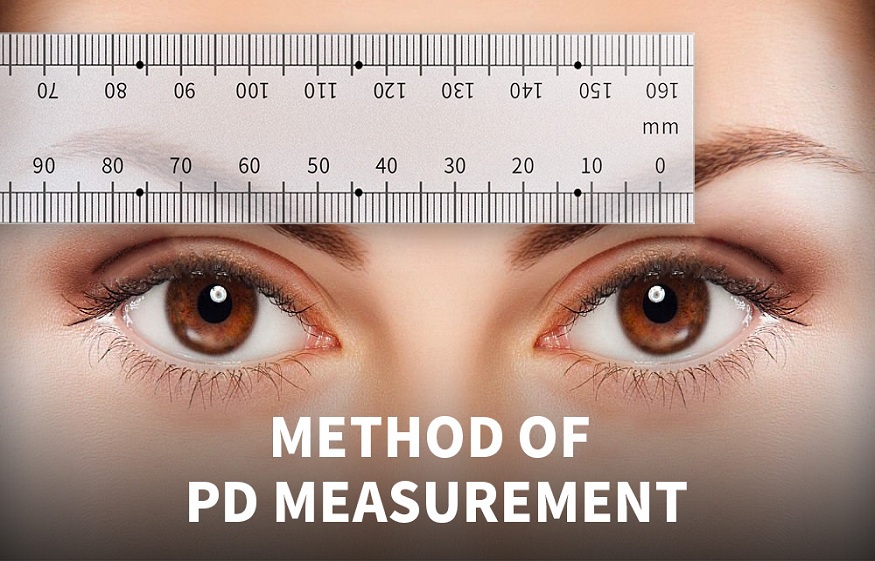Pupil measurement is central to a medical procedure known as pupilometry. This is an important field in neurology as well as ophthalmology. It is a study that plays an important role in helping us know the relationship between the eyes and the nervous system. The changes in pupil size are an important unit of measurement when it comes to understanding cognitive behaviors and health in people. Medical experts with substantial knowledge of pupilometry get invaluable insights into understanding and managing mental and physical health in people. The field involves the use of neurological tools to obtain accurate measurements.
Pupilometry as a path to understanding autonomous body functions
In Pupilometry, the size of the pupil is usually measured precisely to be used for onward analysis to ascertain certain conditions in the person’s health. Apart from pupil size, other elements are measured such as pupil reactivity. The pupil of the eye is one important part that regulates the quantity of light that the eye gets. The pupil can adjust its diameter as a way to react to different light conditions. This process is called pupillary light reflex and is a very useful characteristic of the human eyes. Medical experts usually rely on pupillary light reflex to determine the way the nervous system and other cognitive functions work.
The use of pupils in clinical applications
Pupilometry is a very useful procedure used in clinical applications. It helps medical experts to detect and manage different health conditions. Pupilometry is an important technique that neurologists use to assess different parts of human health such as neurological disorders, brain injuries, and so on. Any abnormal response in the pupil usually indicates that the patient has serious health issues. They are therefore subjected to further health evaluations. In the same way, ophthalmologists usually use pupilometry as a way to assess eye health. They use the percent change in pupil size to detect the presence of conditions such as glaucoma or the absence of certain neurological elements that affect vision.
The role of pupilometry in evaluating human cognitive and emotional function
Medical experts rely on pupilometry as a way to understand the state of the nervous system in patients. This is obviously important with a neuro exam. Apart from neurologists, other healthcare experts rely on the clinical accuracy of this procedure. Cognitive scientists and psychologists use this procedure to study emotional responses, attention, and cognitive functions in people. This is why patterns of pupil dilation can be connected to emotional arousal as well as decision-making. Some parts of this study have been linked to detecting deception. The NPI (normalized pupil index) is a great indicator for evaluating pupil responses in the presence of stimuli.
How technological advancements have enhanced pupilometry
Pupilometry involves the use of neurological tools. At first, these tools had basic operations and functions. However, they have now been equipped with sophisticated features thanks to technological advancements. These tools can be equipped with different types of compatible technology like specialized software, infrared imaging, and high-resolution cameras. This has helped enhance the application of pupilometry in both research and clinical applications. Neurological tools now include portable devices which have made this field of medicine more accessible. This means that on-the-go research and assessments can be conducted easily whenever needed.
Challenges of pupilometry and the prospects of the procedure
While pupilometry can be used as a significant tool in many medical areas, there are still many challenges that persist in the field. Sometimes, it can be difficult to accurately interpret data obtained from some measurements. In addition, there are matters of ethics when it comes to getting consent and privacy in the use of pupilometry in both commercial and clinical settings. In the future, it may be possible that artificial intelligence and machine learning will be integrated to refine pupilometry. When this is possible, it can help lead to more efficient and precise diagnosis as well as research outcomes.
The importance of accuracy in pupil measurement
Pupilometry acts as an important aspect in both scientific and medical settings as it offers valuable insights into the delicate functions of the human body and mind. This important branch of medicine has a wide spectrum of applications that are in constant expansion. It promises more advancements in various branches of healthcare. As technology continues to evolve and human understanding gets deeper, the role of pupilometry in accurate pupil measurement will always be indispensable to understanding certain health conditions in the human body.
 What Types of Genetic Testing Are Available During Pregnancy?
What Types of Genetic Testing Are Available During Pregnancy?  Using Fitness Apps for Progress Tracking
Using Fitness Apps for Progress Tracking  Complete Guide to Scoliosis Treatment in UAE
Complete Guide to Scoliosis Treatment in UAE 
